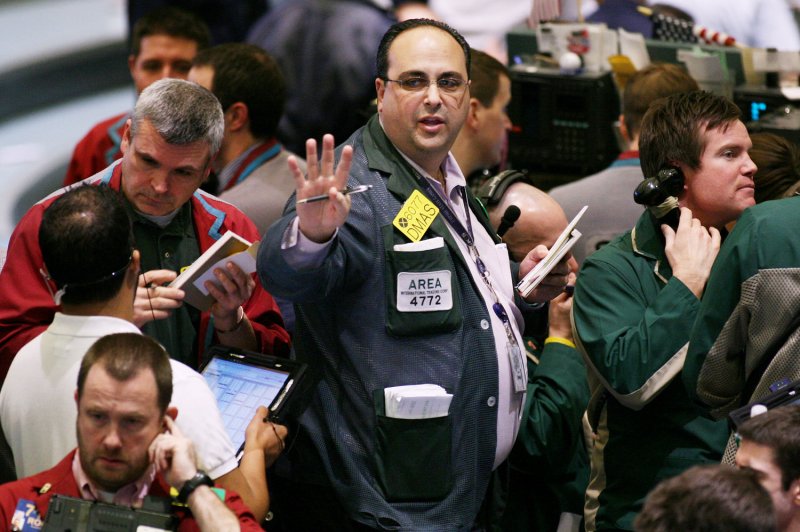Instability in OPEC-member Libya is enough to offset U.S. supply concerns to give oil prices a lift in early Tuesday trading. File photo by Monika Graff/UPI |
License Photo
March 7 (UPI) -- Oil prices moved higher early Tuesday morning as threats to Libyan security balanced against reports that U.S. oil production gains could slow momentum.
NATO allies expressed concern that fighting in and around the main oil installations in Libya was a sign that unity was again under threat. Libya is a member of the Organization of Petroleum Exporting Countries that's exempt from a group-wide production ceiling, though fighting has led to output cuts of around 37,000 barrels per day, or about 5 percent of total production based on January data.
Libyan woes added to a complicated narrative for the oil markets so far this year. Crude oil prices have settled at around $55 per barrel since OPEC agreed to limit production in an effort to balance the market. That price is high enough to bring companies back to U.S. shale, and output there is increasing. Any emerging trend on either side of that equation may be a key factor in understanding day-to-day price movements for oil.
On the back of Libyan unrest, the price for Brent crude oil was up 0.77 percent to $56.44 per barrel about a half hour before the start of trading in New York. West Texas Intermediate, the U.S. benchmark price for oil, was up 0.75 percent to $53.60 per barrel.
Offsetting the Libyan influence was a report from oilfield services company Baker Hughes that rig counts gained ground once again in the United States. Rig counts serve as a loose barometer of spending on oil and gas exploration and the U.S. gains are indicative of a shale sector that's more resilient to lower crude oil prices than expected.
"The recovery in U.S. drilling activity will drive up shale oil production in the second half of 2017, offsetting a portion of recent oil price gains," a report from Fitch Ratings read. "We therefore expect average oil prices for the year to be below those in January and February."
A base-case scenario by the ratings agency pegged the average price of Brent for the year at $52.50 per barrel, up from the previous estimate of $45 per barrel. The price assumption for WTI was raised from $45 per barrel to $50 per barrel by Fitch.















